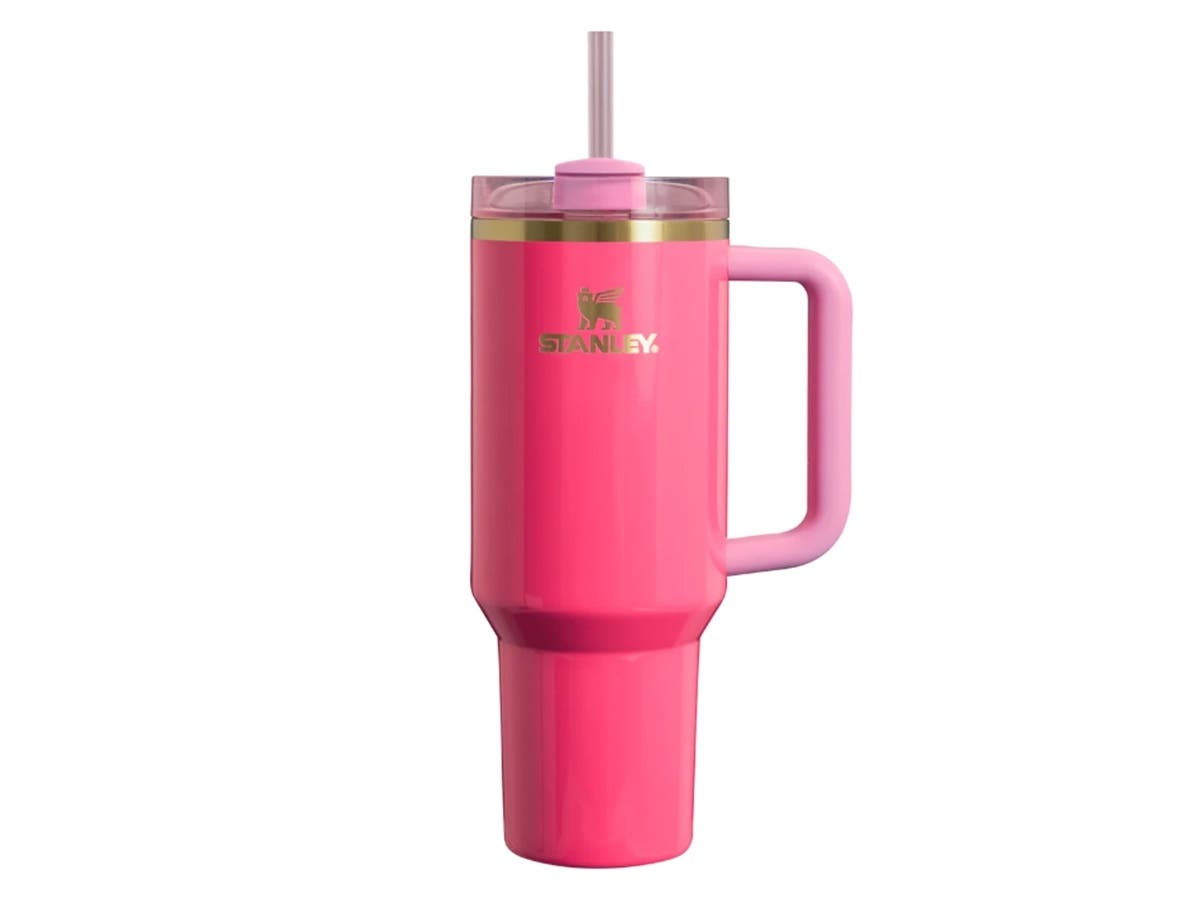Business & Tech
What Is Fueling The Stanley Cup Craze? NJ Expert Weighs In
It's hard to predict which products will become the next big thing. But they do share some common traits, an expert from Rutgers says.

NEWARK, NJ — It’s hard to predict which products will become the next big craze among American consumers. But they do share some common traits – and the Stanley tumbler cup is a perfect example, an expert from Rutgers University in New Jersey says.
People have reportedly been willing to “trample” and battle each other for the suddenly ubiquitous reusable metal cups, with shoppers lining up for hours at Target stores across the nation. The online resale price of the $45 items has been seen as high as $200 – more than quadruple its cost.
Although the Stanley company brand has been around for more than 100 years, its sales – aided by a social media-fueled buzz, soared from $73 million in 2019 to $402 million in 2022 after it relaunched its Quencher model. See Related: People Are Losing It At Target As They Snag Pink Stanley Cups
Find out what's happening in Newarkwith free, real-time updates from Patch.
Stacy Schwartz, a marketing expert from Rutgers Business School-Newark and New Brunswick, recently spoke about how a product like the Stanley cup becomes the item of the moment – and whether that’s good for the business landscape as a whole.
How does a product become the next big craze? Are there any common traits behind products that become wildly popular?
Find out what's happening in Newarkwith free, real-time updates from Patch.
Although it is hard to predict which products will become the next big craze, they do share some common traits.
First, they are socially relevant to a particular audience segment or generation. Beyond its function as a high-quality cup, the Stanley Tumbler has become a trendy fashion accessory for Gen Z girls. These products are also visible by others, so buyers can feel excited seeing celebrities and friends alike using the same products. This provides validation through social proof. Third, these products are usually somewhat simple – easy to communicate, demonstrate, and learn about. Finally, these products typically have an element of scarcity. Exclusive access and/or limited supply increases demand by capitalizing on potential buyers’ fear of missing out.
Is it all in the marketing or are there other factors that create such high demand? Do these products coincidentally fall in the hands of social media influencers (as some of the news coverage makes it sound) or is there a more deliberate path to becoming the hottest trend?
While I think it’s possible for an occasional product craze to be discovered “by accident,” smart marketers know you can’t ignore the power of social media. The popularity of TikTok itself is driven by trends – dances, challenges, sound bites, etc. – that gain slow momentum, become well-known, and often outlive the latest fad. It is no wonder then, that Gen Z (and increasingly other generations) look to this platform and people they trust on other social platforms for social relevance, social proof, and knowledge. Engaging with content creators is a very deliberate path toward generating real demand for your product – whether paid in dollars, products, followers, or credibility. This is exactly what Stanley did when it developed a relationship with The Buy Guide after the shopping blog’s cofounder became a major advocate of one of their products.
You also can’t ignore the importance of culturally relevant timing. While the Stanley Tumbler is a big craze right now, it was not the first metal water bottle to be viewed as a fashion accessory. Stanley benefits from the work that S’well, Yeti, Hydroflask, and other fashion-forward refillable water bottle brands have done to prepare the market for this moment.
Product crazes come and go so quickly. Is this even a good thing for brands?
Marketers divide the product life cycle into four stages: introduction, growth, maturity and decline. Most products grow slowly but surely until they reach a predictable level of sales, then make constant, incremental adjustments to maintain their market share and stave off a downslide for as long as possible. Often, this cycle can take years, or even decades.
Occasionally, the growth stage occurs in what feels like warp speed – marked by intense product demand, extremely rapid adoption, and sales that peak at levels much higher than reasonably expected. This is what we call a “craze.” Of course, this should be celebrated. What brand wouldn’t want higher, faster sales than they planned for? Not to mention the publicity and buzz generated by all of their newfound popularity.
But that old saying comes to mind: “What goes up must come down.” Such intense growth is typically followed by an even faster fade to make way for the next craze. In hindsight, product crazes of the past are considered “fads” that marketers (and consumers) enjoyed while they lasted. Think Beanie Babies and Cabbage Patch Kids.
Fun, limited edition releases such as the pink Starbucks x Stanley quencher are attempts to stoke the craze while it’s still hot, keeping demand alive (and decline at bay) by maintaining product scarcity and renewed excitement for the product.
This article contains reporting by Beth Dalbey, Patch staff
Send local news tips and correction requests to [email protected]. Learn more about advertising on Patch here. Find out how to post announcements or events to your local Patch site. Don’t forget to visit the Patch Newark Facebook page.
Get more local news delivered straight to your inbox. Sign up for free Patch newsletters and alerts.